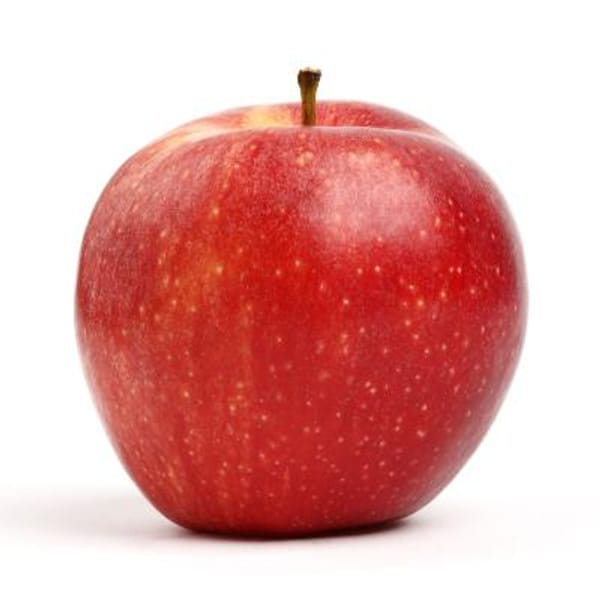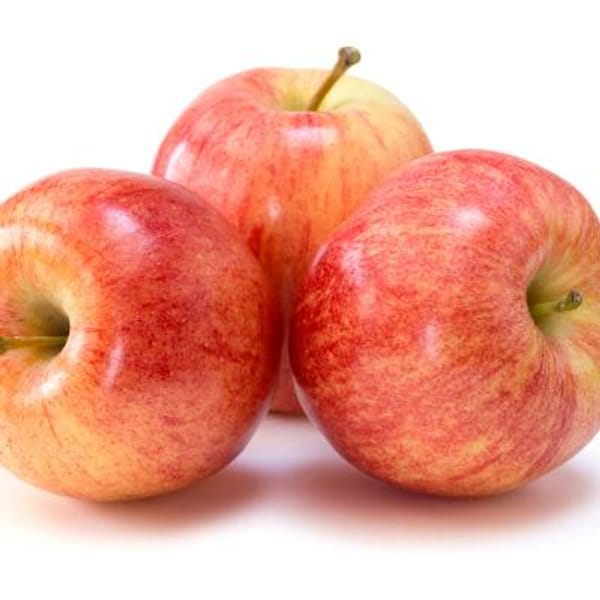Now Available! 5-Gallon Potted Babcock White Peach Trees in limited quantities.
Babcock White Peach- Variety Information
- Small to medium white-fleshed freestone.
- Sweet and juicy, aromatic, low in acid.
- Low chill hours and great for mild climates.
- A long-time favorite for both fresh eating and canning.
- The standard by which new white peach cultivars were evaluated.
- Low fuzz skin.
- Self-fruitful.
- Extremely vigorous trees requiring regular pruning and thinning.
- Needs fertile, well-drained soils.
- Tend to bloom early and may be difficult to crop in late frost areas.
- Plant several varieties for continued supply, as ripe fruit does not store well.
- Susceptible to peach leaf curl, brown rot, oriental fruit moth, and peach twig borer.
- By pruning, you can keep your tree at any height.
- Harvest 4-5th year.
- Approximate harvest period (for Central CA): July.
- USDA Zone 8-10, Requires 250-300 chill hours to set fruit. Protect when temperatures fall below 10°F.
- Grafted onto Nemaguard rootstock
- Click here to view "Fruit Tree Rootstock Information"
- Click here to view our "Fruit Tree Variety Chart"







